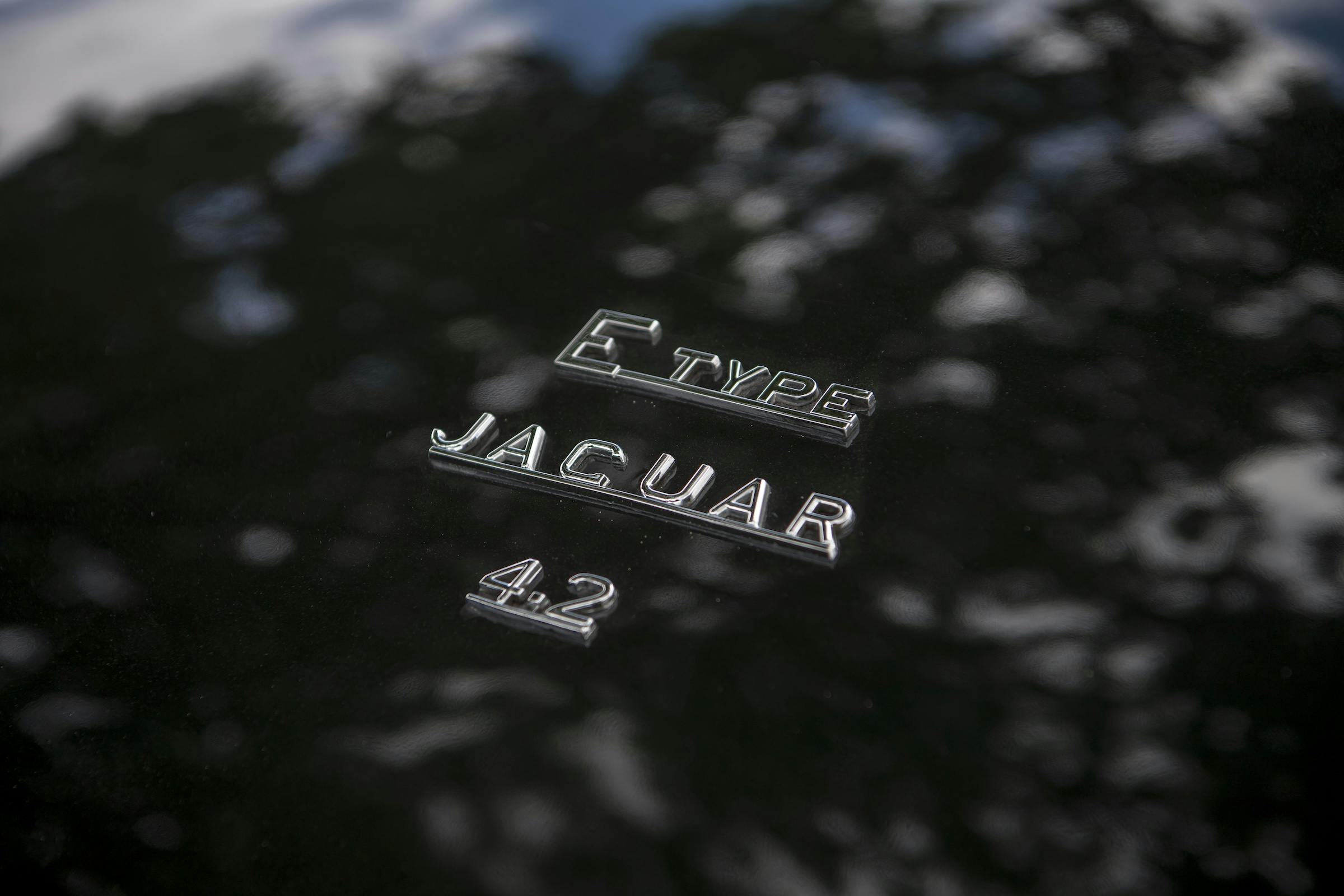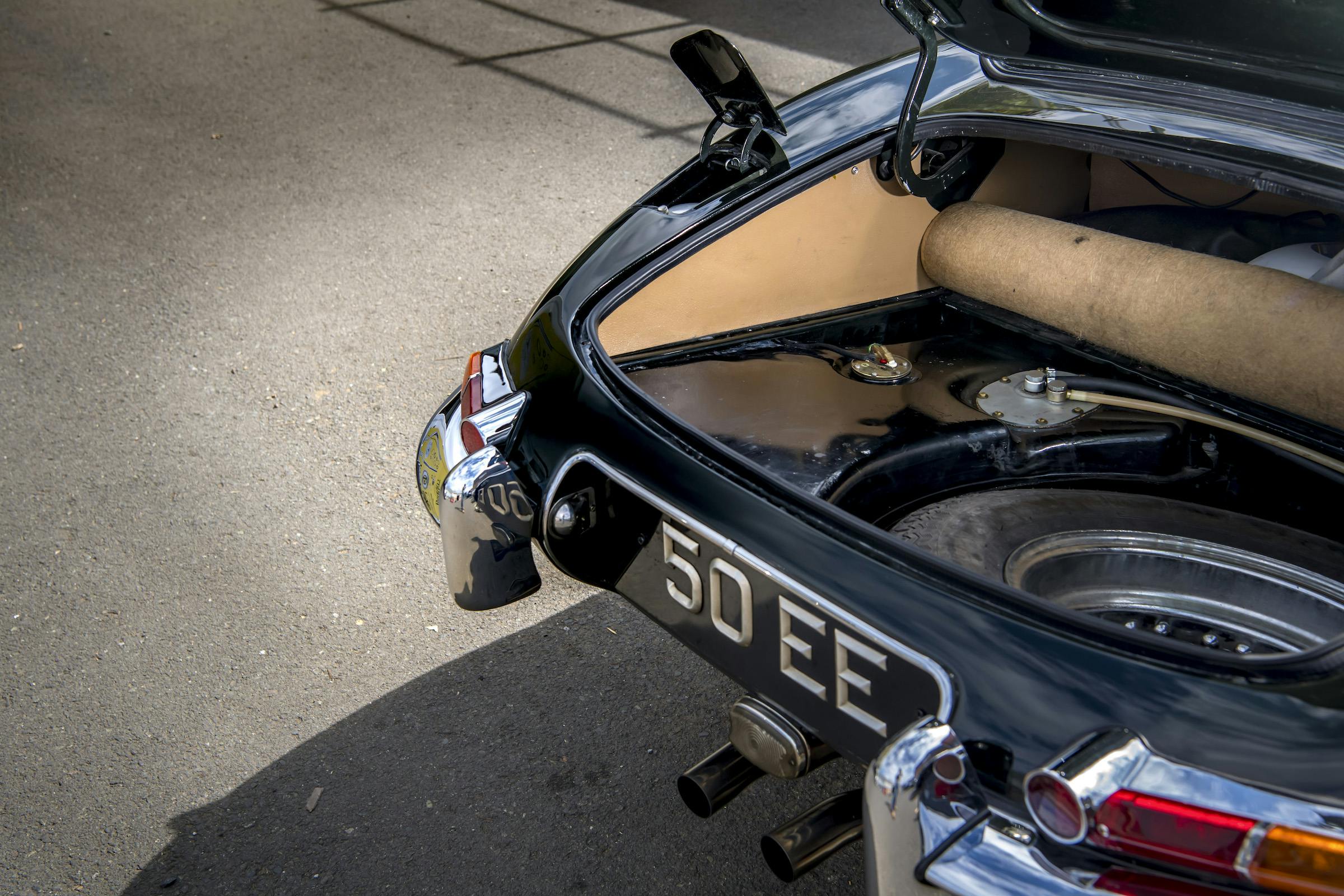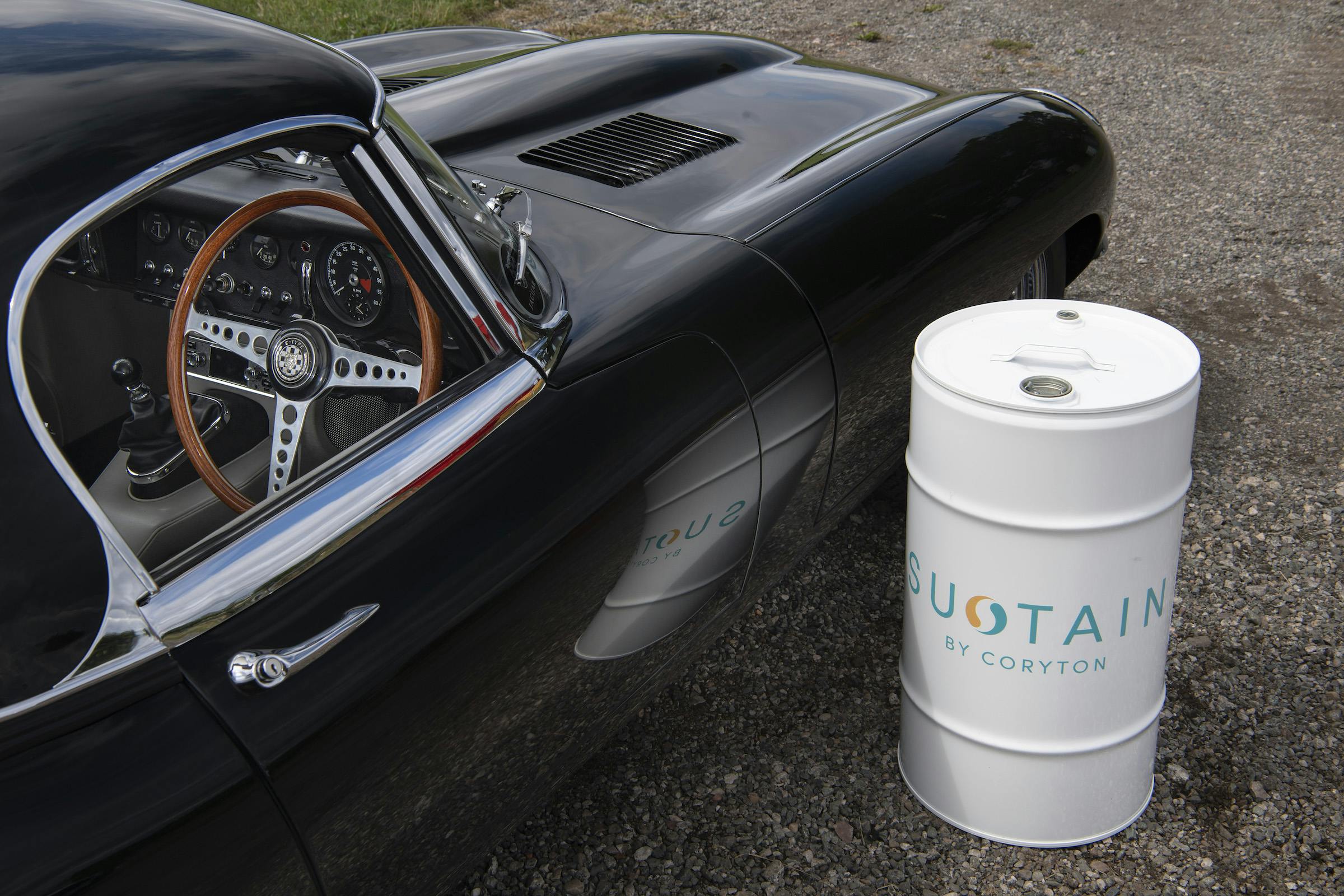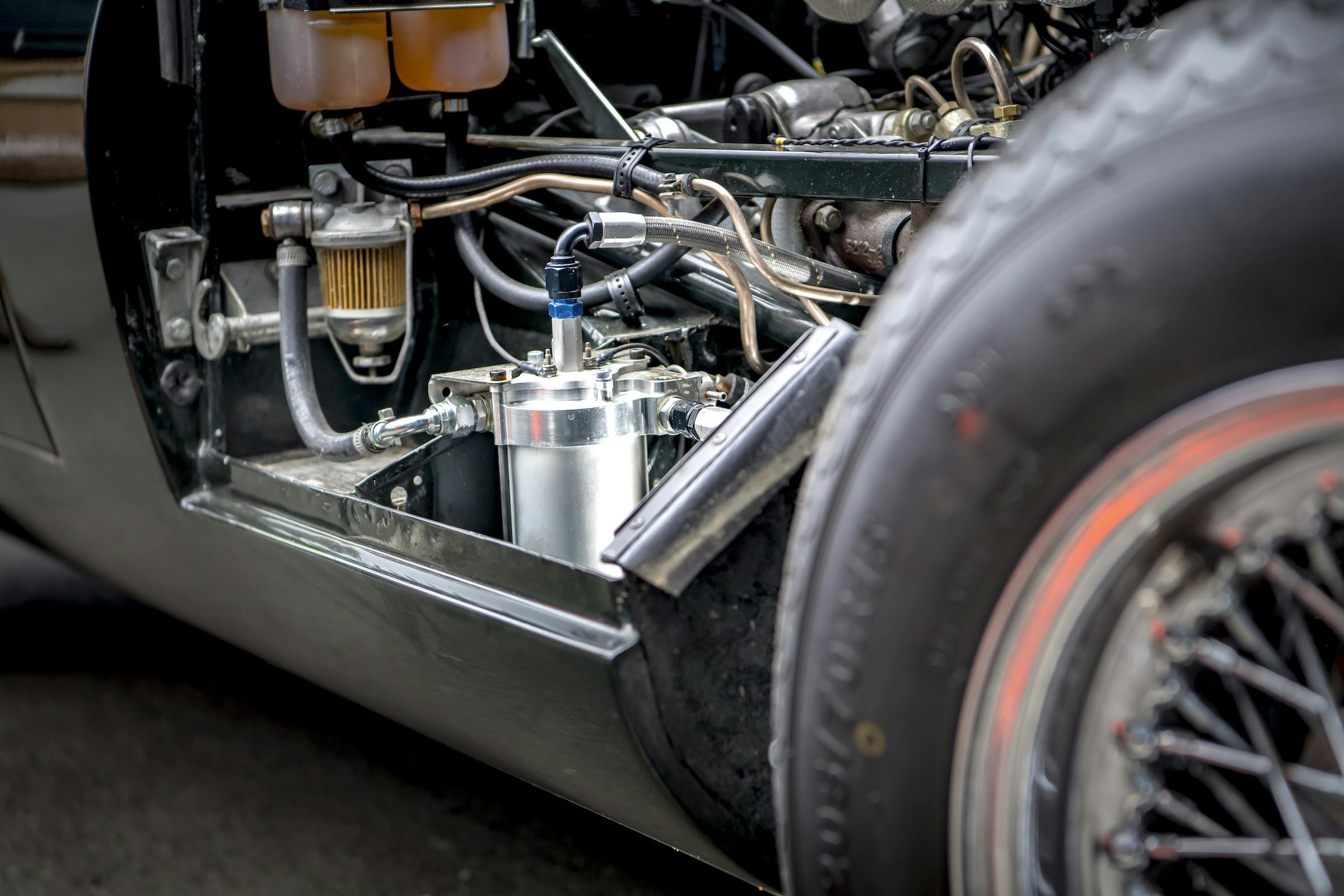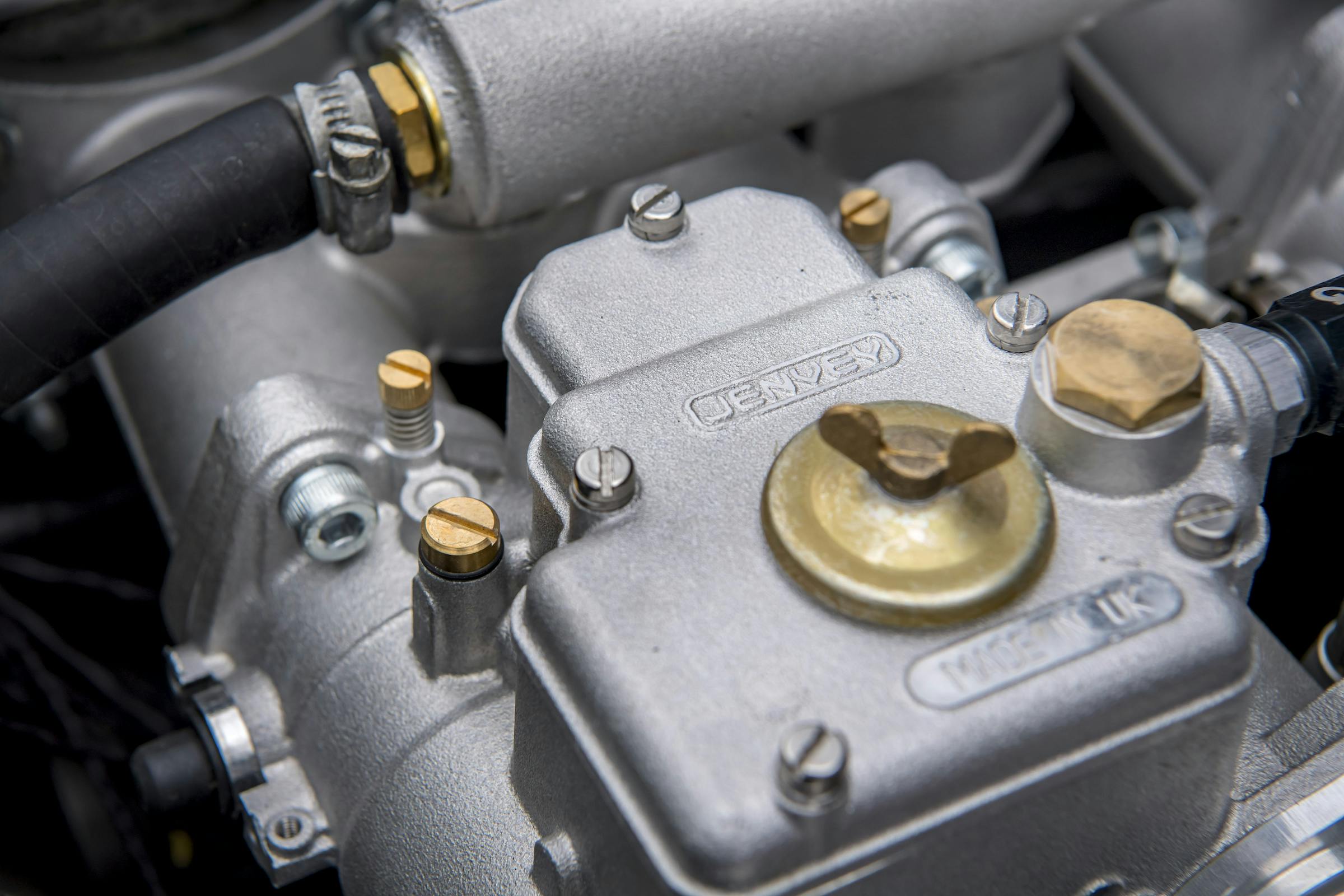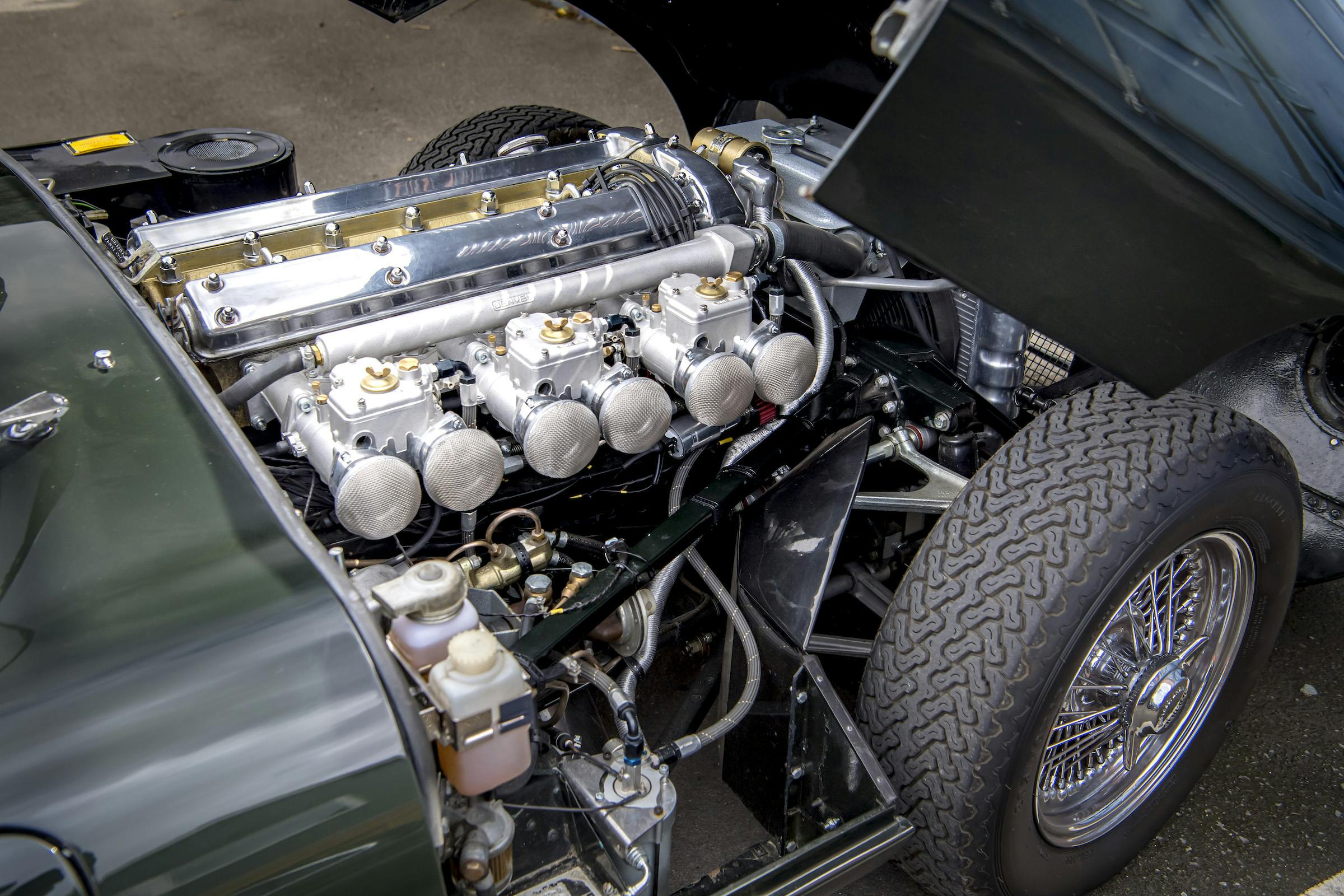Media | Articles
Bio-Driven: This Jaguar E-Type is running on sustainable fuel—how soon before your classic is too?
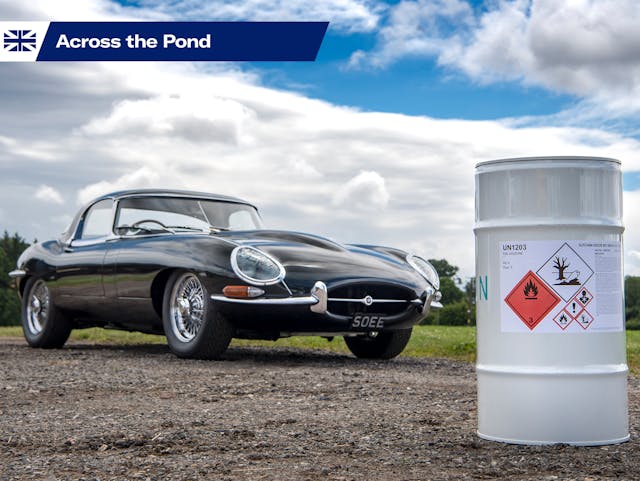
Though the U.K. is preparing to face internal combustion engine regulation unlikely to hit North America in the same fashion, at least not anytime soon, alternative fuels could keep our beloved classics alive should access to gasoline become more difficult. Enjoy this excellent story from Hagerty UK, which suggests there is a compelling case for sustainable biofuels.
In 1966, when I was four years old, I was walking with my mum when a Jaguar E-Type drove past. “I’m going to own one of those when I’m a grown up,” exclaimed the already car-mad toddler. It hasn’t happened yet and the skeptics out there may question whether it ever will, given how classic cars, old cars—basically, anything with an internal combustion engine—will find themselves under the spotlight in years to come, especially as the U.K. approaches its 2030 deadline ending the sale of new, combustion-powered cars.
I’ve driven a few E-Types, but this one is more special than most. This 1965 model is owned by SNG Barratt, the famous Jaguar parts specialist, and is used as a mule to develop new parts and systems. It’s a 1965 4.2 Series 1 roadster with a hard top and although I prefer coupes, this is a really stunning combination and particularly so in Connolly Green (which actually looks black). Although the car looks standard, apart from wider rims and tires, quite a few interesting modifications have been carried out. There are four-piston Girling calipers up front, a Crosthwaite and Gardiner five-speed gearbox, and Jenvey electronic fuel injection. Electric power steering is also fitted to make parking easier.
But something else has been done to this E-Type and that is the reason why we are driving it today: its tank has been filled with sustainable fuel.
There can’t be a more important subject for those of us who love the internal combustion engine, whether we prefer to experience it in a car, motorcycle, or even aircraft. Sustainable fuels might just be, quite literally, what keeps the wheels turning for generations of enthusiasts to come.
Marketplace
Buy and sell classics with confidence
I think it very unlikely that petrol (gasoline) will be unavailable in the near term, especially as I am convinced that the electric vehicle revolution will begin to falter in the next couple of years as the cars themselves become more and more expensive, and because the 40 percent of us in the U.K. who have no off-street parking will find them impractical to own. But regardless, it’s likely that we users of the internal combustion engine will be put under pressure to clean up our act. Not just owners of classic vehicles, but those who are still driving ICE vehicle that will have been produced up until the ban on the sale of them. That’s where sustainable fuels could be the lifeline to keep cars as we know and enjoy them on the road.
With us at SNG Barratt’s Bridgnorth, Shropshire, base is David Richardson from a company called Coryton, supplier of the fuel. Richardson’s task is to explain to this non chemistry O Level holding writer the science behind sustainable fuel and how it is made. “Fuel that is powering the E-Type that you’ll be driving,” explains Richardson, “is 98 octane. At Coryton we’ve set up a separate brand called Sustain which we use for our fuels. We don’t have a brand name for the fuel in the Jaguar but it is essentially EN228 98 Ron specification.”
That last bit of tech “spec” may not sound terribly exciting but it could be the code we all come to praise in the future. EN228 designation means that it can be legally supplied at any petrol station today.
Richardson continues: “We start the process with ethanol that has been produced from biomass such as agricultural waste. Like the husks from sugar beet for example, but you can make ethanol from any material that can be fermented. The first step is to degas the ethanol which removes the oxygen and water leaving only hydrogen and carbon. Next, these go through a series of catalysts which turn them into a hydrocarbon liquid.
“The fuel that we’re using today contains 10 percent ethanol which is simply achieved by putting the original raw ethanol back into the fuel. We add the ethanol for cost reasons and to get the performance that we want from the fuel. We’re producing sustainable fuel for motorsport that contains no ethanol at all. Although sustainable fuel contains only about 6-10 constituents compared to the 200 or more contained by fossil fuels, there is wide scope for developing different fuels for different purposes. Like for aviation, for example. The tailpipe emissions are exactly the same as you’d find with current E10 pump petrol, the good news is that with sustainable fuels we’re using carbon that already exists.”
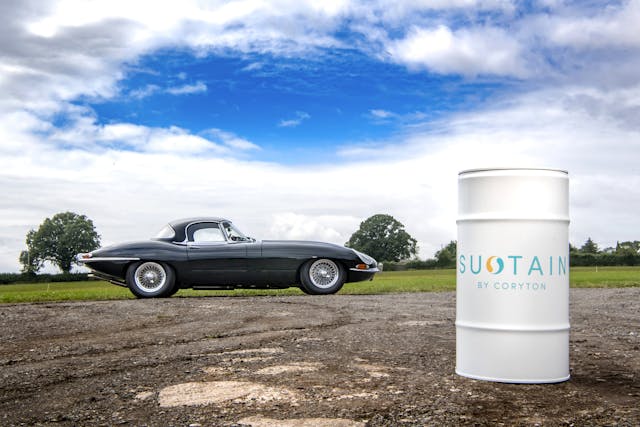
Another Jaguar E-Type, prepared by Jaguar racing specialists CKL Developments in East Sussex, has been tested at Goodwood and was presented in front of a working group at motorsport U.K. at the House of Commons. Mark Hews from CKL is with us today and is evangelical about sustainable petrol, and is busting to introduce it into a national race series to help spread the word.
The process sounds straightforward even to this layman, but is there enough bio material to keep all our MGs, Austins, and Moto Guzzis on the road? “Absolutely,” replies Richardson, “our industry is confident that there is enough waste material available in Europe to provide sustainable fuel for all land-based vehicles.” Why the distinction ‘land based vehicles’? “Because,” he explains, “there wouldn’t be enough to make the enormous quantities of fuel used by the commercial aviation industry. For that E-fuels will be required.”
I’ve heard of E-fuels. Last year a company called Zero Petroleum was formed headed up by ex-F1 engineer Paddy Lowe and backed by, among others, Damon Hill. “E-fuel is produced using the Fischer-Tropsch Process by which carbon-neutral hydrocarbon liquid fuels can be produced from atmospheric carbon dioxide and hydrogen,” explains Richardson. “The process requires huge amounts of electrical energy so for it to be environmentally sound that energy needs to come from wind, solar or wave power.”
Right, that’s enough science for the moment. Let’s find out how SNG Barratt’s E-Type drives with this revolutionary fuel in its 65-liter (17-gallon) fuel tank. One thing Richardson has already assured me is that there’s no noticeable loss of performance. “There’s a lot of chat about that you lose a significant amount of power from an engine that’s running on 10 percent ethanol [E10 pump petrol in other words],” says Richardson, “but in reality the power loss is typically only one percent. At worst you’ll see a drop off of three percent.” That might show on a dynamometer, but a driver is hardly going to notice that, especially in a high-performance car.
Sitting next to me in the E-Type is Peter Stant. Peter is SNG Barratt’s engineer who is in charge of developing new parts and systems. He knows Jags literally inside-out. Ideally, to get a real understanding of how Coryton’s Sustain fuel behaves in a classic car, we’d be driving a car on standard carburetors.
You may remember that a few months ago we drove a restomod Ferrari 308 GTB that had modern fuel injection and engine management fitted, and that we commented on how flexible it made the engine at low speeds. The Jenvey EFI system (which look just like Weber DCOE carbs) have the same effect on this Jaguar. The 4.2-liter XK engine is a torquey lump anyway but this one pulls even better at low rpm. That said, although electronic engine management and fuel injection may dramatically improve an engine, it won’t do so if there’s a problem with the fuel that it’s squirting into the engine. The engine fired to life immediately, ticked over smoothly and, most tellingly, started easily after the car had been driven hard.
While I’ve got Stant next to me, as we rumble along country lanes near Bridgnorth, I bring up the subject of E10 and its effects on classic machinery. “All the parts that we sell have been tested for their suitability for E10,” says the SNG man, “like the fuel lines on this car. The solder on brass floats can be damaged by ethanol so we supply plastic replacements. But above all, the most important thing is to use the car regularly. Leave it sitting for weeks on end and you will encourage problems.”
It is highly unlikely that I would keep my hands off this car it was mine. When was first a motoring journalist I used to regularly drive new cars that were so amazing—like the Ferrari F40—that I used to lie awake at night planning audacious bank robberies and other more legal get-rich schemes. That doesn’t happen these days because most new cars are either boring or have performance so great that it is impossible to enjoy them fully on the public road.
This E-Type is likely to trigger similar thoughts. Its performance is strong, it feels light and above all it is a narrow car. If a tractor comes the other way you have a sporting chance of passing it by without losing a significant percentage of sheet metal or your blood pressure going off the dial like it does with a wide modern supercar.

Perhaps I may never own a Jaguar E-Type but there are plenty of other classics that I love. A Triumph GT6 or Lotus Elan for example. It’s very reassuring to know that it will be possible to run these cars well into the future using sustainable fuel. Coryton’s Sustain fuel is a niche product in its infancy (for now) and also expensive. A liter of the fuel we used in the Jaguar costs about twice the price of regular pump E10.
That will change, however, with increase in demand and therefore volumes. “We could supply around 20 million liter of Sustain per year within the next 12–24 months,” points out Richardson, “and that’s just us with one refinery. Other suppliers could each produce a similar amount.”

But what, you might ask, will happen if all our service areas and fuel station forecourts are turned into charging stations? They won’t is the answer, at least not for at least 30 years.
And even if sustainable fuel is always more expensive, using it will always be cheaper than the unthinkable act of throwing away an E-Type’s glorious straight-six engine and replacing it with a second-hand Tesla electric motor.
